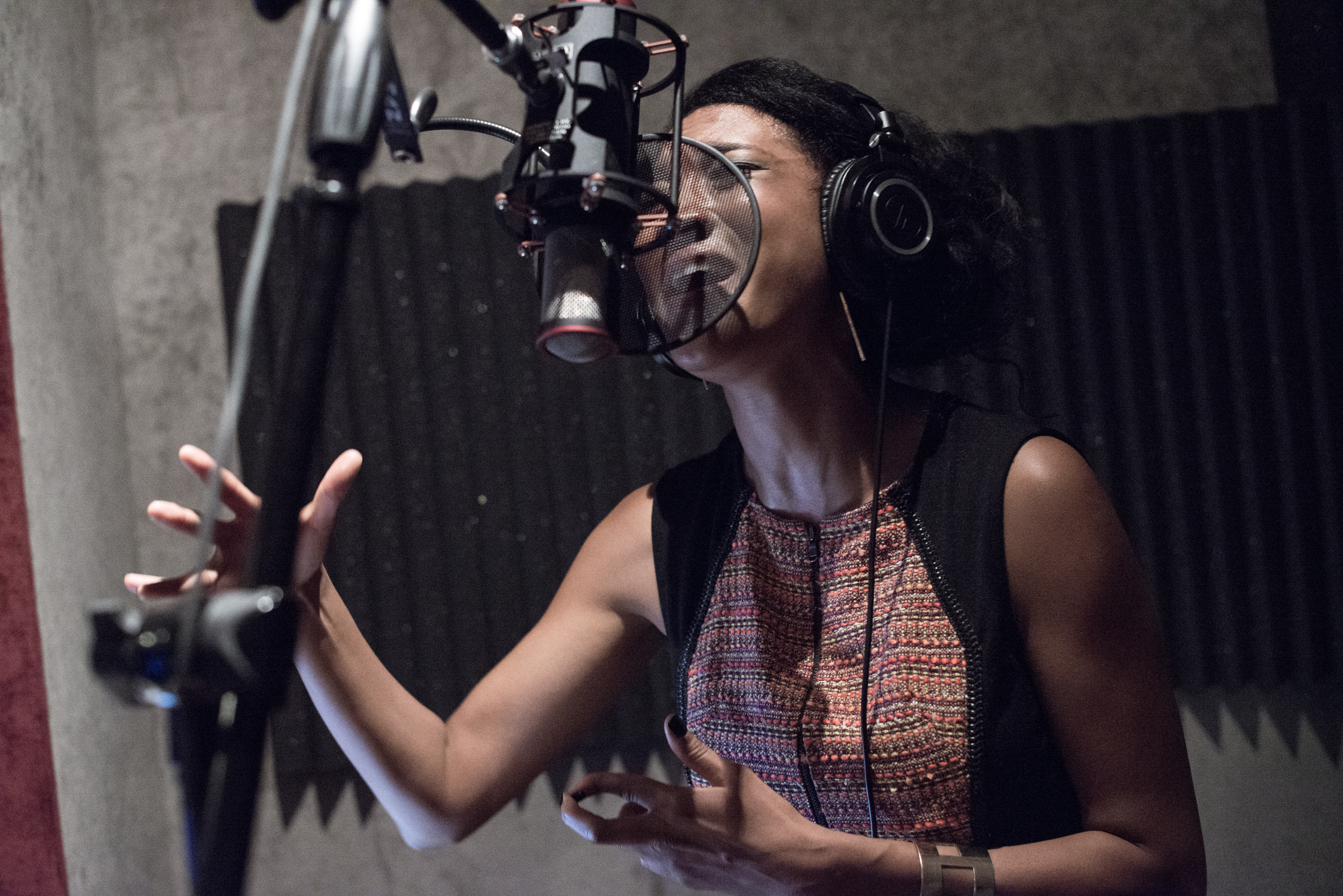
For the first time, a passenger on board Prince’s airplane is revealing what happened the night it needed to make an emergency landing in Moline, Ill., enroute to Minneapolis from Atlanta.
Judith Hill tells the New York Times that only she and Prince’s longtime friend, Kirk Johnson, were passengers with Prince when his eyes became fixed and he nodded off.
She said if she hadn’t been looking at him at the time, she might have thought he’d just fallen asleep in the early-morning hours as the plane was about an hour away from Minneapolis.
She immediately got Mr. Johnson, who was near the front of the plane. And when they couldn’t rouse Prince, they alerted the pilot, who called air traffic controllers in Chicago for help at 1:12 a.m., reporting an unresponsive man on board. “We knew it was only a matter of time; we had to get down,” Ms. Hill said. “We didn’t have anything on the plane to help him.”
Ms. Hill was “very freaked out,” she said, as they kept trying to wake him, shaking him and calling his name, while the plane descended. At 1:17 a.m., it made an emergency landing in Moline, Ill., where an ambulance met them. Paramedics and Mr. Johnson carried Prince, 57, into the vehicle, and he was revived on the tarmac with a shot of Narcan, which is typically used to treat opioid overdoses. Eighteen minutes after landing, the ambulance took him to nearby Trinity Moline Hospital.
“I only know what everyone knows about his pain — I read about it,” she said. “He was quick on his feet. Never said anything, that this is hurting, never a sign of struggle. That’s why it’s all very shocking.”
Prince wanted to leave the hospital but she and others convinced him to stay until late in the morning.
“He wasn’t dreary or drowsy, or anything,” she told the Times “He wanted to watch ‘Zootopia. He loved those films. I was going to pull it up on my phone. He said: ‘No, no, no, not here. We’re going to pick a special time and place to watch that.’”
Although she said she’d never seen him such a state before, she didn’t say — and apparently wasn’t asked– if she’d ever seen him pop painkillers before. That’s a bit curious because she indicated thata fter returning to the Twin Cities, Prince realized he needed help, apparently at the urging of her and others.
“He did it because he was concerned, and he wanted to do the right thing for his own body,” Ms. Hill said. “And that’s the part that breaks my heart, because he was trying. He was trying.”
Prince agreed to a series of tests with a local physician he’d seen earlier.
Dr. Michael Schulenberg arrived at Paisley Park with test results about an hour after Prince was found dead a few mornings later.
“‘I had to fight for my life,'” Hill recalls Prince telling her after his recovery from the overdose in the hospital in Moline. “‘I remember hearing your voices from afar and saying to myself, ‘Follow the voices, follow the voices, get back in your body, you gotta to do this.’ And he said it was the hardest thing he’d ever done, to get back into his body like that.”
A commenter asks all the right questions:
If Prince had chronic pain, what did his doctor advise, did they prescribe the Fentanyl, in what dose, and how often. Did Prince, who was very small, follow the prescription or not. If he followed the dosing advice, this is a different story with different repercussions. Dangerous product.
If Prince took more than what was prescribed, did his doctor ignore it and prescribe more early because he was a “friend” (someone who wanted to be close to a superstar). Negligence.
Or did Prince have multiple sources, hide it from his doctors and assume the risk?
